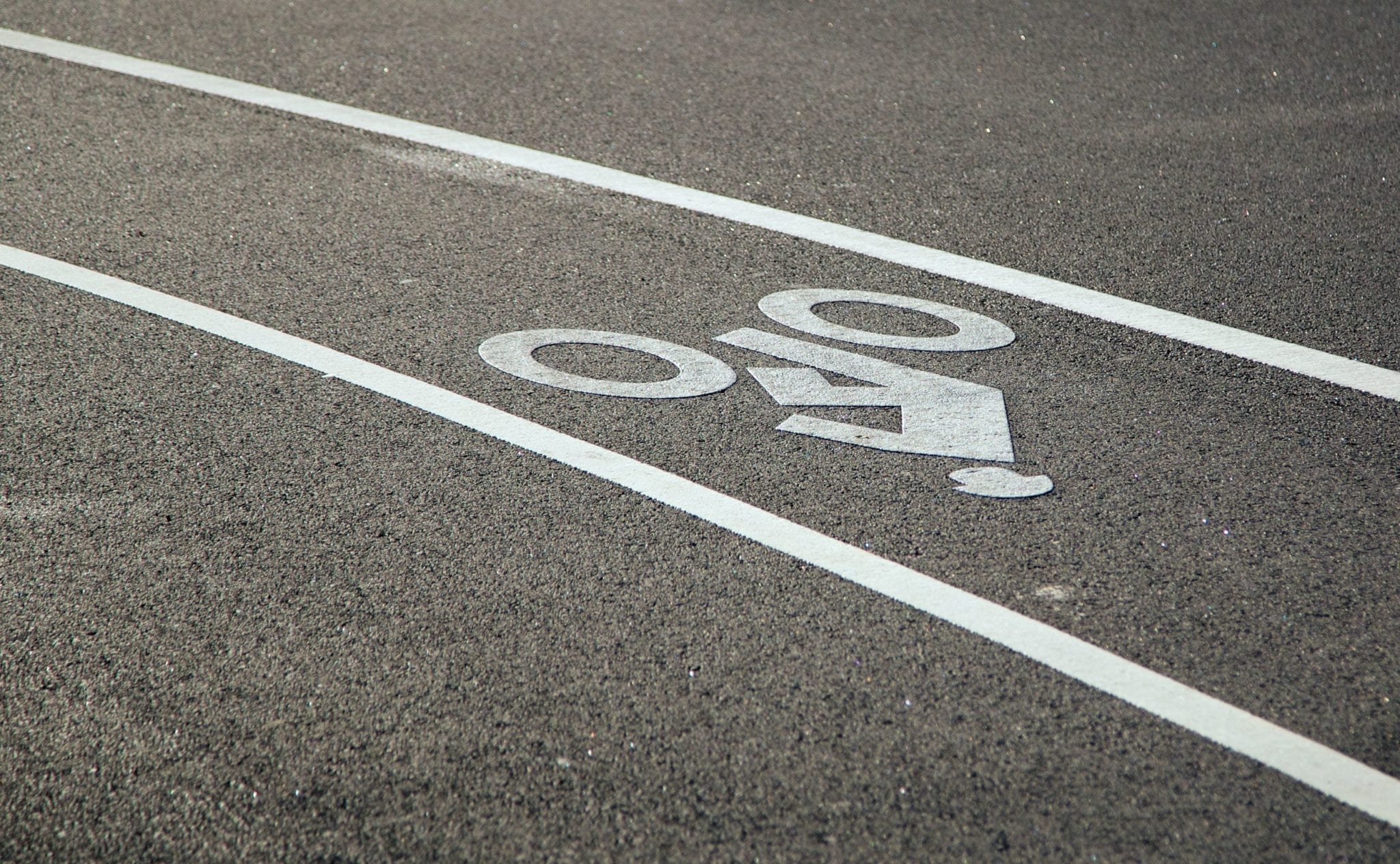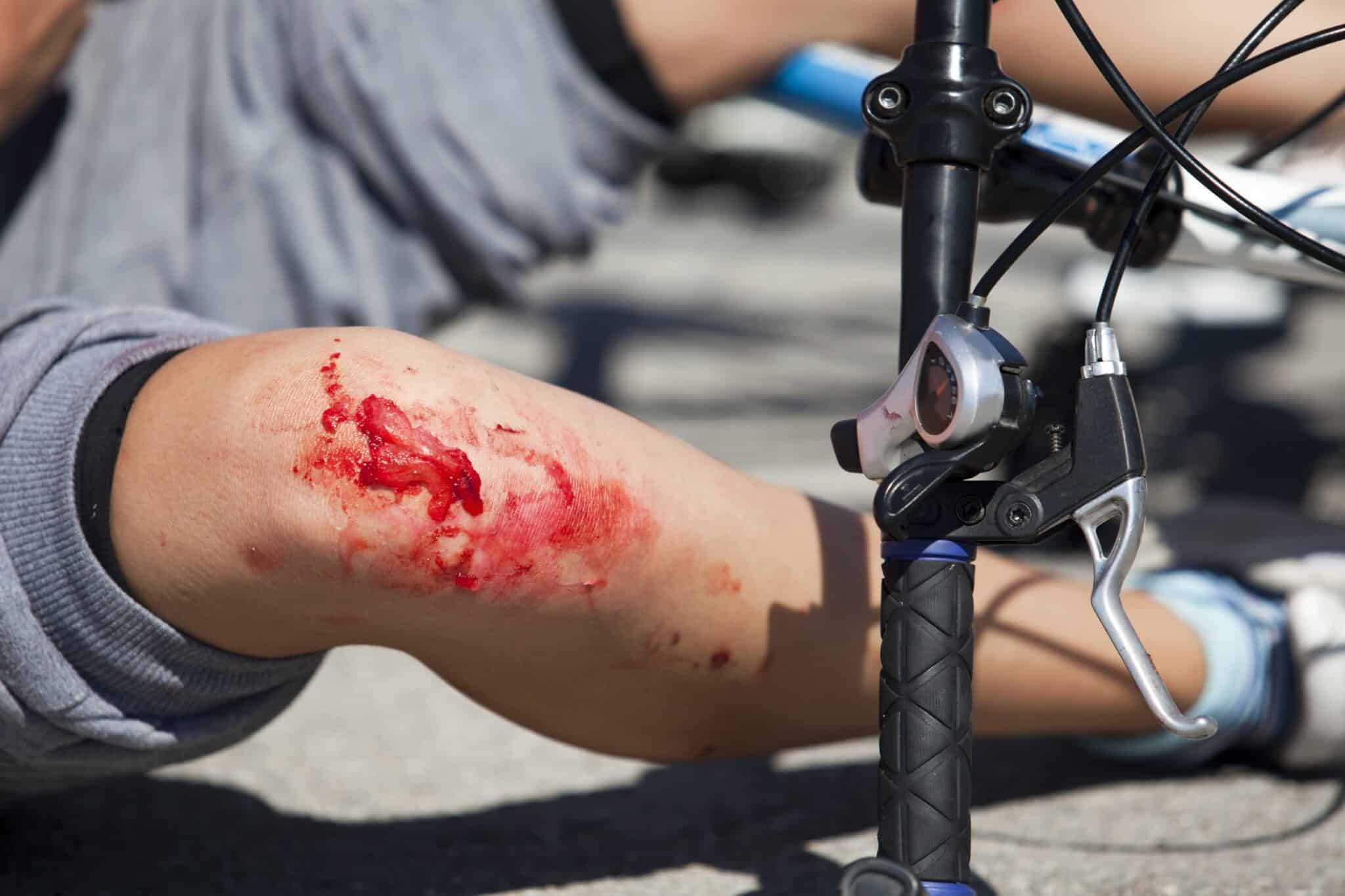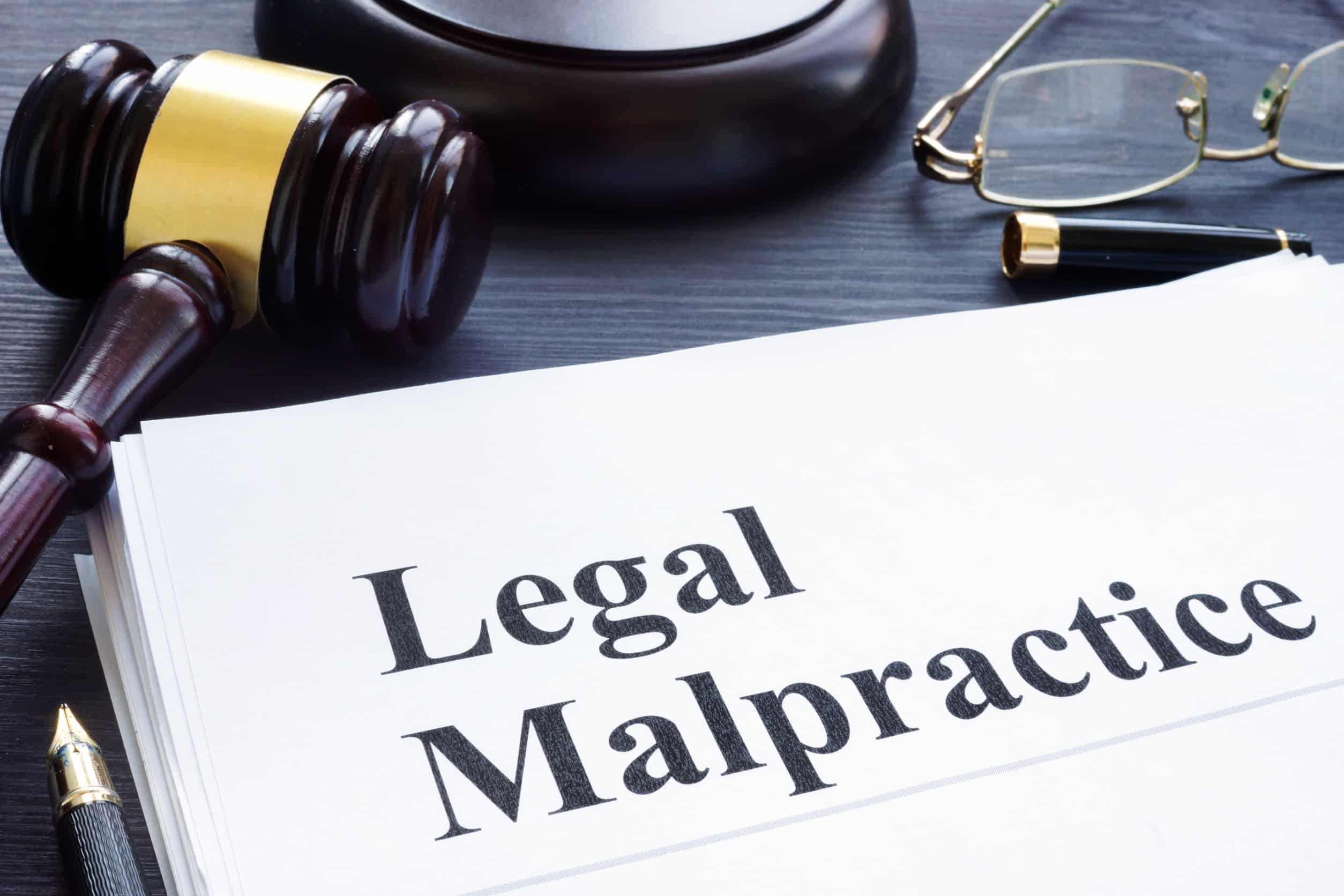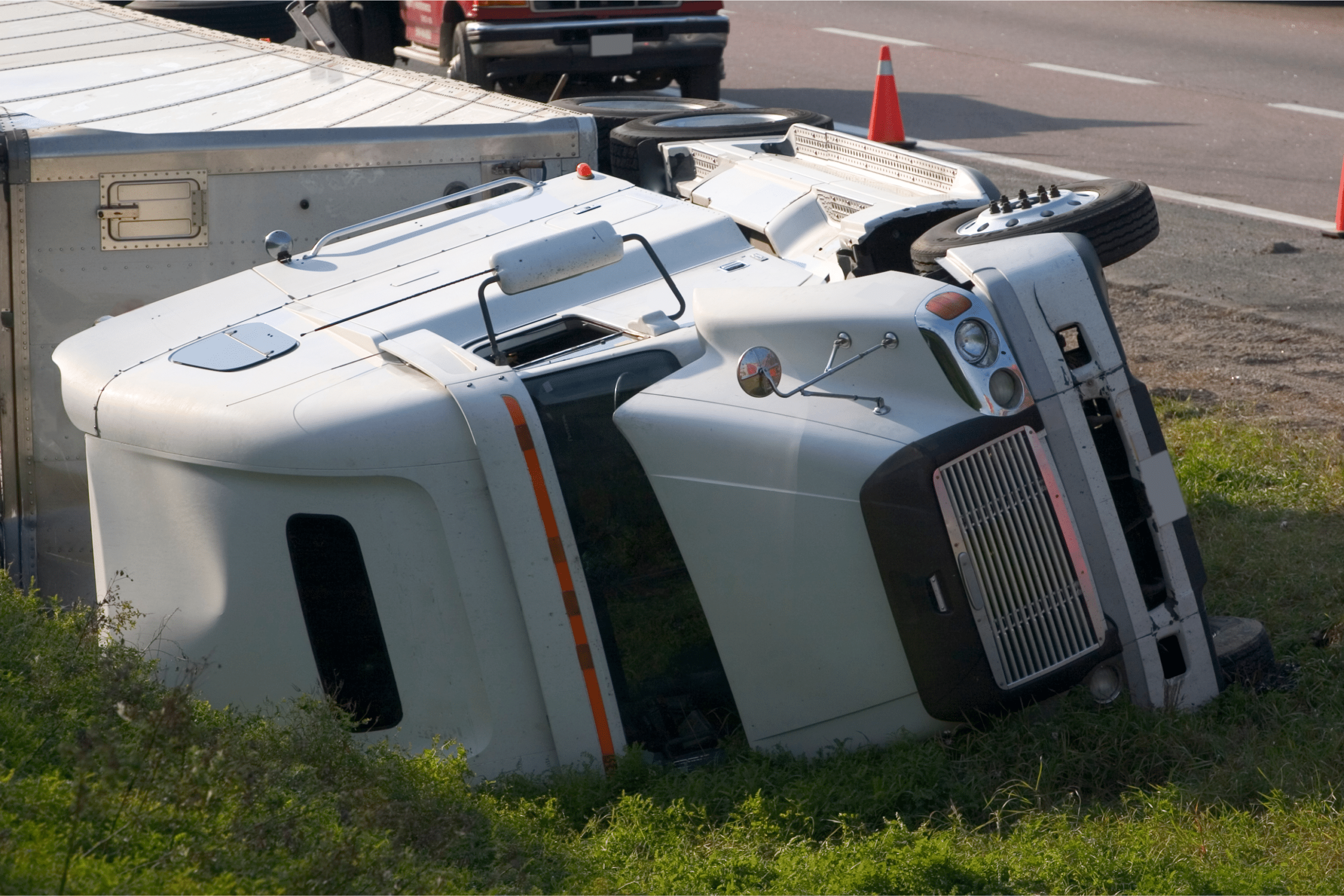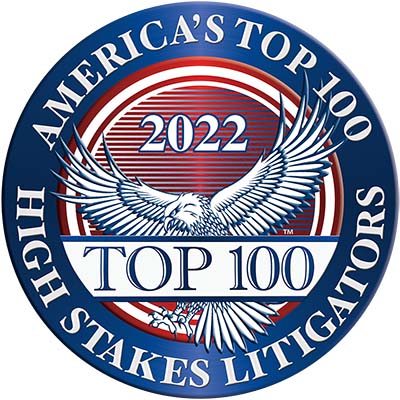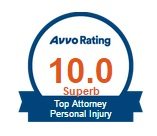Do Bike Lanes Protect Cyclists?
Bike lanes are a welcome sight to most cyclists—having a section of the road specifically designated for bikes generally makes riders feel more protected and confident when riding in traffic. However, there are some cyclist safety advocates who actually argue that bike lanes have their own hidden dangers and that bike riders are better off without them.
When Bike Lanes May Be Dangerous
Bike lanes may be valuable when car drivers respect them, but one recent UK study suggests that drivers may not really be factoring these bike-only lanes into their own behavior. The study followed Edinburgh cyclists (who were equipped with cameras) as they biked down streets with white-outlined bike lanes, filled-in green lanes, and no bike lanes.
After reviewing the video footage, researchers found that there was no significant difference in motor vehicle passing distance based on the presence (or lack thereof) of a bike lane. Rather, passing distance was influenced by the width of the road, the presence of street parking, and whether or not there was oncoming traffic. Based on this study, it appears that bike riders may be safer traveling on wider roads without bike lanes than narrower, busy roads that have a white stripe painted on them.
The League of American Bicyclists also suggests there are situations when a cyclist is better off leaving the designated bike lane. They recommend that a cyclist at an intersection be in the “right-most lane that serves their destination.” That means that if a cyclist is going to make a left turn, they should signal to leave a bike lane on the right and move over to the left turn lane. Cyclists may also be better off moving out of the bike lane when they are approaching an intersection or a side street, as drivers waiting at those intersections are more likely to be looking for large vehicles in the main traffic lanes than a cyclist in the bike lane.
When Bike Lanes Protect Riders
Of course, bike lanes offer certain benefits as well. Perhaps one of the biggest advantages of bike lanes is that they make riders feel safer, which encourages more people to use biking as a form of transportation. When there are more bikes on the road, car drivers are more prepared to look for riders and less likely to get into a crash because they “just didn’t see” a cyclist. Bike lanes also encourage cyclists to stay off of sidewalks, which makes bike riders less likely to hit pedestrians and cars turning from a side street or intersection less likely to hit bike riders.
A 2006 study from the University of Texas found that bike lanes can be beneficial for car drivers, too. That’s because drivers are less likely to veer into the oncoming traffic lane to get around a cyclist when each vehicle has their own designated lane.
Making Bike Lanes Safer
How can cities keep the benefits of bike lanes while reducing some of the current issues? Studies suggest that the safest bike lanes are those that are physically separated from vehicle traffic by buffers or plastic posts. These lanes keep drivers from encroaching on a cyclist’s space, even if the road is narrower, and also drastically reduce intersection collisions.
As our network of Las Vegas bike lanes expands, we’ll hopefully begin to see more protected lanes. In the meantime, cyclists should make every effort to stay safe by planning out their routes in advance, taking lower traffic roads with clearly marked bike lanes when possible, and carefully moving into main traffic lanes (where bikes have a legal right to be) when necessary. Car drivers should also do their part to reduce accidents by leaving bikes plenty of room when passing and paying attention to bike lanes when pulling out of side streets and intersections.
About the Author:
Andrew Winston is a partner at the personal injury law firm of The Law Office of Andrew Winston. He has been recognized for excellence in the representation of injured clients by admission to the Million Dollar Advocates Forum, is AV Rated by the Martindale-Hubbell Law Directory, and was recently voted by his peers as a Florida “SuperLawyer”-an honor reserved for the top 5% of lawyers in the state-and to Florida Trend’s “Legal Elite.”
 What Types of Accidents Can Occur at Hotels?
What Types of Accidents Can Occur at Hotels? 